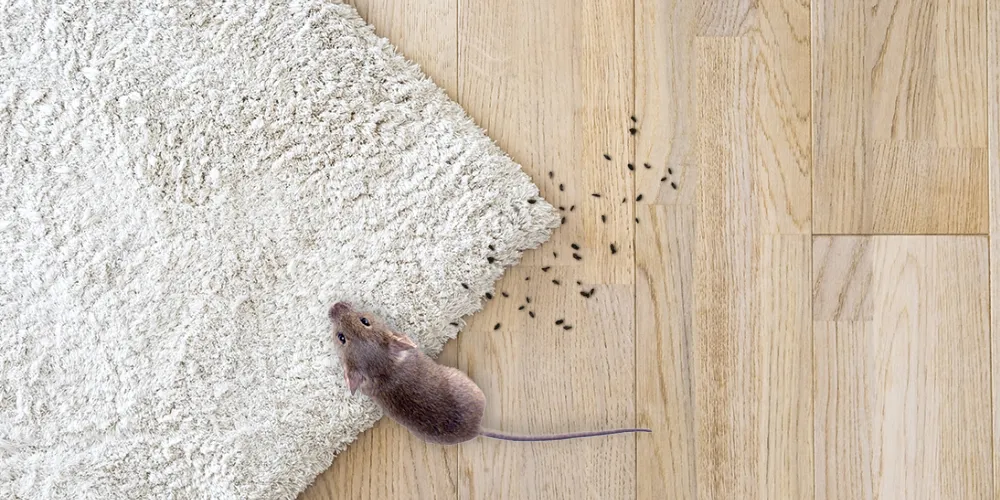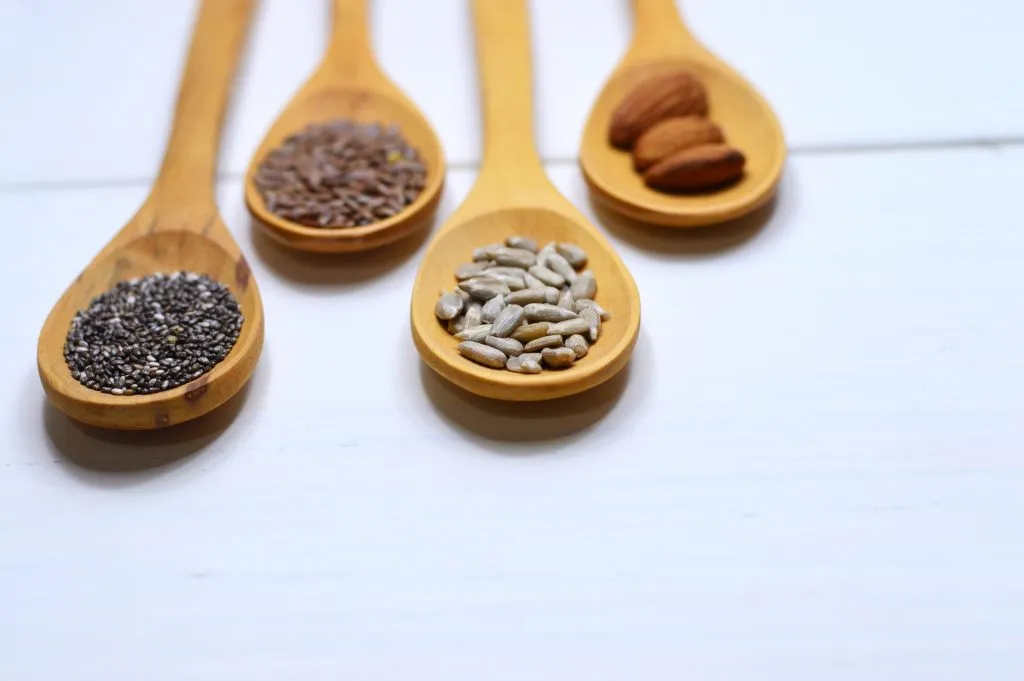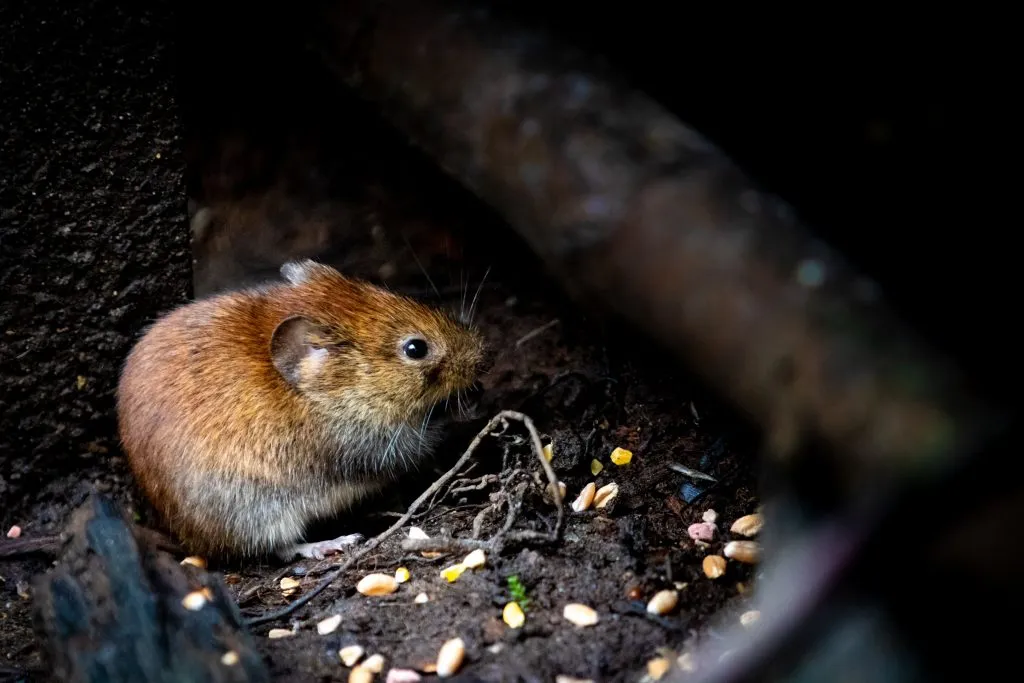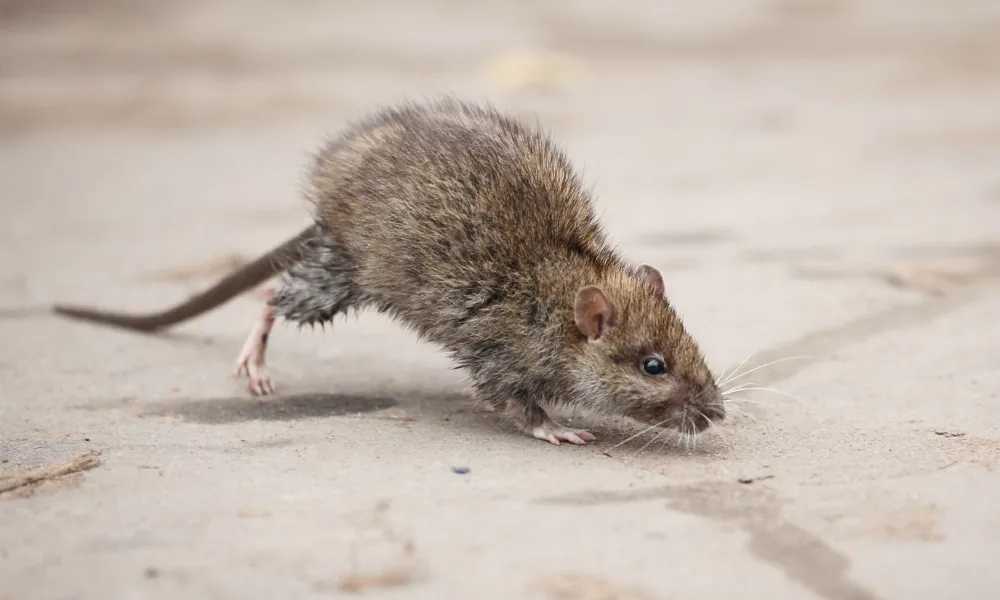The major problem people have with mice is their droppings or poop. These are sometimes hidden away in cupboards or corners.
So, if you find mouse droppings in your home, you must have some questions.
In this article, I will discuss 13 questions about mouse droppings. Let’s dive in!
Table of Contents
Do Mouse Droppings Smell?

Mouse droppings do not always smell on their own. But the combination of their poop, urine, nest, and smell can build up, resulting in a musky smell.
Mice themselves have a very musky and ammonia-like smell.
Their urine also has a stale smell.
This means you would smell a nasty scent. It is not pleasant at all.
Why Do Their Poop Smell?
Mouse eats all kinds of scraps and foods. It is only natural that their droppings would have a distinct smell.
This smell gets to stay at home no matter how much you clean if you have an active infestation. Mouse poop very often.
So, you will definitely find new droppings every night. They usually poop near food sources and closed places.
Mouse droppings do have a foul smell coming from them. But have you asked if they would crumble upon touching?
Do Mouse Droppings Crumble?
Mouse droppings can crumble when dry. Mouse droppings are shiny, usually black grain-like pieces. When it’s fresh, it looks wet and black. They have a putty-like texture.
In comparison, the older droppings are dry and breakable. Yes, older droppings crumble under touch because it becomes pretty dry.
After drying, it comes off as grayish rather than black. Their droppings break as it loses their moisture after a few days.
Without its usual wetness, it becomes full of cracks. These pieces then easily crumble under pressure. They even look like they are covered in dirt.
So, their droppings can break if it’s dry.
What Do Mouse Droppings Look Like?
Mouse droppings are tiny. It shouldn’t come as a surprise that these are little grain-like poop particles.
The mouse itself is a very small animal, at least house mice are. Their poop is small and smooth with pointed ends.
Each piece is usually about 1/8 – ¼ (3 to 6 millimeters) of an inch long.
Then the pieces are not long and are cylindrical.
Do Mouse Droppings Look Like Seeds?

No, mouse droppings do not look like seeds. Instead, they look like black rice when fresh.
It has a cylindrical shape with one or both ends having pointed ends.
Unlike the poop of other animals, which look like seeds, these are grainy and shiny.
Now you may ask what colors they turn when it’s been some days.
Do Mouse Droppings Turn White?
Usually, they do not turn white. Fresh droppings are black in color.
As time passes, it turns into a slightly brown color. Eventually, when it fully dries, it becomes gray in color.
The color of mouse droppings is closely related to their diet. Their forage affects their poop.
The color also changes for pesticides. When the mouse eats the bait, its dropping gets its color.
Mouse droppings can vary regionally also, with black being their base color. They can have hues of other colors that they get from food.
If their poop is black and turns gray, then how many of them can a mouse leave in a day?
Do Mice Leave One Dropping?
Mouse droppings are left on a trail. Meaning that they leave a number of poop pieces behind. A mouse can usually leave 50 – 75 droppings each day. These droppings in a series are called Pellets.
If you calculate, you will find that each mouse can leave behind 25,000 droppings in a year! These droppings do not decay and can result in a large pile.
Take Note:
A mouse does not let out 70 droppings all at once. They let a few of these out at a time. They also do not mind where they are leaving these.
The question now is, can mouse poop become airborne?
Do Mouse Droppings Disintegrate?
Yes, they do. This is what makes mouse droppings more infectious and dangerous than other mammals.
Over time these droppings lose their moisture and color, becoming duller. After a few days, they would look like they were covered in dust, and then they would fall apart.
Mice droppings can carry many diseases. After disintegration, the particles known as ‘Droplets’ are released into the air.
These droplets can go around the area by air to make people sick. This is why you should always be extra careful while cleaning droppings.
You need to make sure no pieces are left behind.
Do Mouse Droppings Attract More Mice?

The droppings can sometimes attract other mice to your home. Droppings indicate that there is a good source of food and shelter.
Mice always seek easy forage. Droppings around the house mean the mice are well-fed.
But most of the time, they do not interfere with other mice’s territories. Mice are very territorial, so they look for their own pack to be hidden.
Mouse droppings can invite some other uninvited rodents like rats.
Do Mouse Droppings Get Hard And Crumble?
Mouse droppings get hard in a span of three days. It takes three days for them to lose their moisture and color.
They become grayish when they are hard. Hard pellets are prone to break.
Pellets generally are soft, but after time they are bound to change. The change in the texture is seen through the cracks after drying.
They crumble because they get hard.
Do Mouse Droppings Carry Disease?
Mouse droppings do carry a number of diseases, even if you avoid touching them. Some diseases can be spread via dust particles.
This is why it is advised not to vacuum their waste materials.
Below are the 2 major diseases that mice spread:
1. Salmonella
Also known as food poisoning. It is spread as we touch kitchen utensils after having contact with feces.
Symptoms include fever, stomach pain, vomiting, and diarrhea. The symptoms can become serious over time.
2. Lymphocytic Choriomeningitis (LCMV)
This disease is a type of neurological disorder. It is carried by house mice.
At first, the affected individual seems non-symptomatic. In the second stage, neurological problems begin to surface.
Fresh urine, droppings, saliva, or nesting materials from infected mice are the cause of LCMV.
The virus can be passed to the child if a pregnant woman catches it. Most patients survive this infection.
If you are worried now and trying to find how to identify an infestation, read on.
Do Mouse Droppings Mean Infestation?
When you find mouse droppings, the first thing that comes to mind is you have an infestation.
Mice are a group of uninvited guests who destroy everything. Finding mouse droppings does not always mean that you share your house with them.
You should look out for regular droppings. Regularly finding pellets means you have an infestation.
If you find a trail of mouse droppings, clean it up and wait for a few days. In case you find the droppings again, and it is repeated for some time, sadly, you have an infestation going on.
Pellets in multiple areas in your house also indicate an infestation. The more droppings you find, the more intense the infestation is.
Do Mouse Droppings Smear?
Mouse droppings, when fresh, can get smeared by outside forces.
Though it is very rare for them to get smeared, they are small in size and grainy. If you do not step over them, they remain intact.
Do Old Mouse Droppings Carry Hantavirus?
Yes. Mouse droppings, as well as their urine, can contain Hantavirus. The disease is spread when their droppings are not properly cleaned.
It can also spread when someone touches the pellets of an affected mouse.
HPS has the symptoms of fever, muscle aches, and fatigue. In addition, it gets worse after a few days. Patients then have trouble breathing.
They will also have headaches, dizziness, chills, nausea, vomiting, diarrhea, and stomach pain.
Why Is Vacuuming Mice Dropping Dangerous?
When vacuumed, mouse droppings can break and release viruses in the air. The particles can be easily inhaled.
It can infect the person who is cleaning. We should dispose of these types of dangerous substances very carefully.
Then how should we dispose of it properly?
How To Dispose Of These Droppings?
To clean or dispose of mouse droppings, follow the 5 steps given below.
Step 1
Mix one part bleach and nine parts of water.
Step 2
Put that solution in a spray bottle.
(Make sure you wear a pair of rubber or plastic gloves before cleaning mouse droppings.)
Step 3
Spray the solution on the affected area and let it sit for five minutes.
Step 4:
After five minutes, wipe and scoop the droppings.
Then with the same mixture, mop the floor carefully.
Step 5
Place and seal waste materials and cleaning things in a paper bag.
Wash gloved hands and dispose of the gloves. Now wash your hands with soap thoroughly.
Final Thoughts
Mouse droppings can be dangerous and need to be cleaned properly. Call pest control if you find mouse droppings in your home regularly.
Too many mice can become a severe problem if not treated.
Here’s a quick recap of what we have learned about mouse droppings;
- The droppings combined with urine have a musty and rancid smell.
- They crumble after touch and can disintegrate.
- These pellets can also become airborne after drying and can be inhaled.
- They are primarily black or brown but vary according to their diet.
- When they dry, they turn to ash or gray in color.
- They carry numerous diseases. So, we should be properly cleaning after them.
- They carry a deadly disease called Hantavirus or HPS.
Want to learn about guinea pig droppings too? If yes, do read Why Do Guinea Pigs Eat Their Own Poop?
